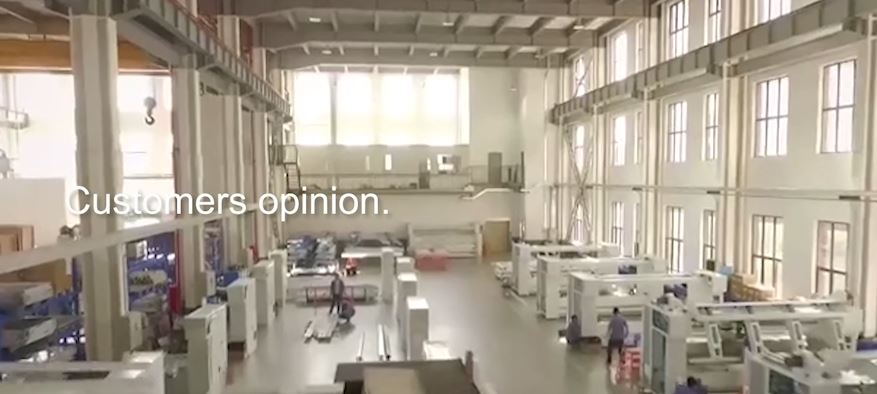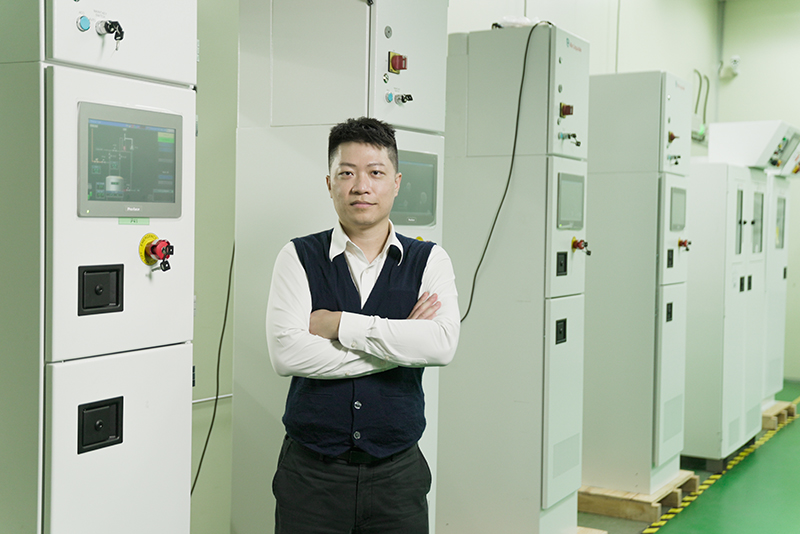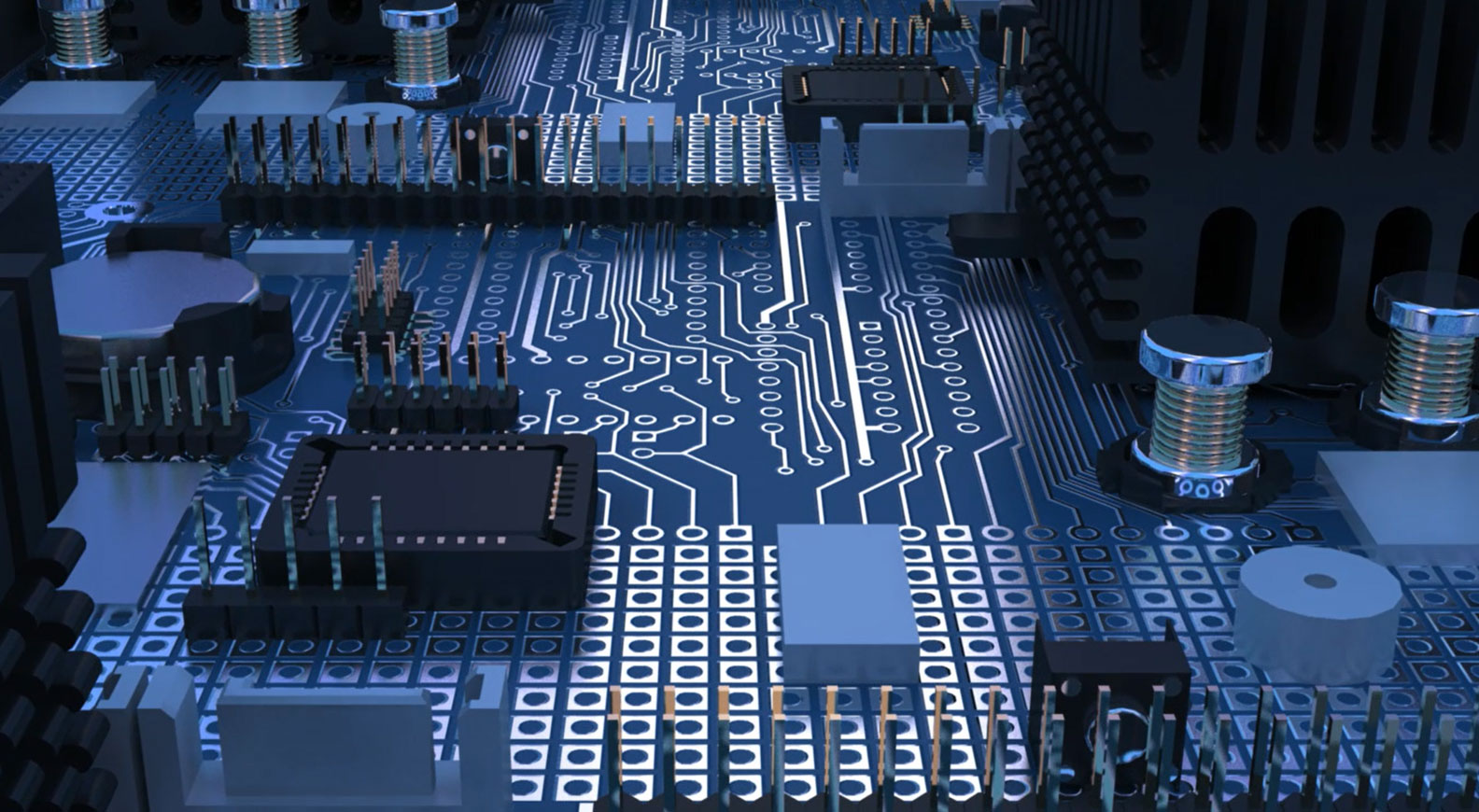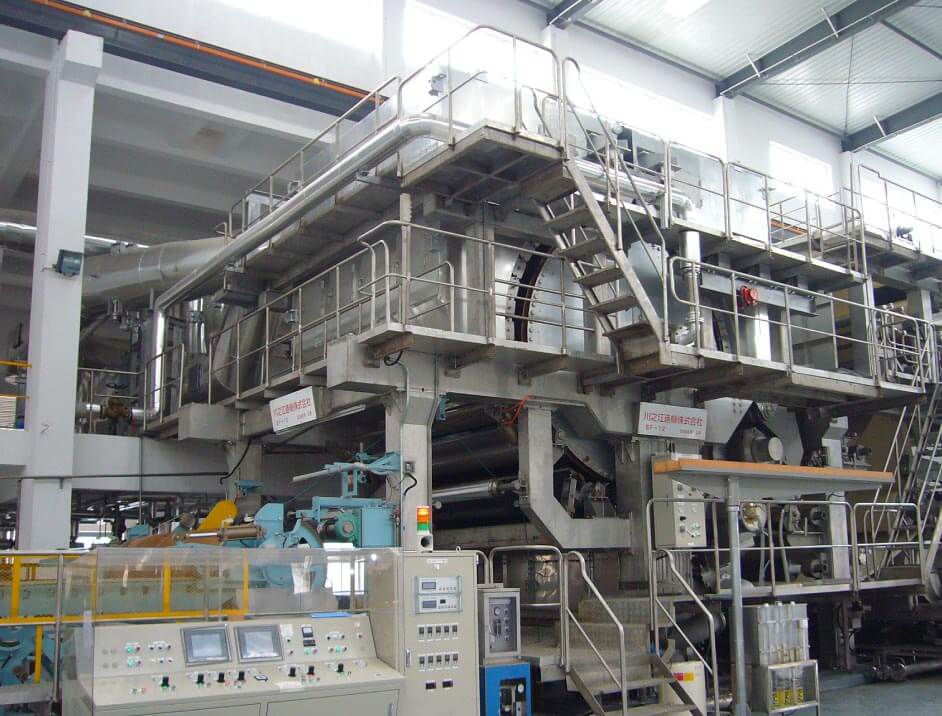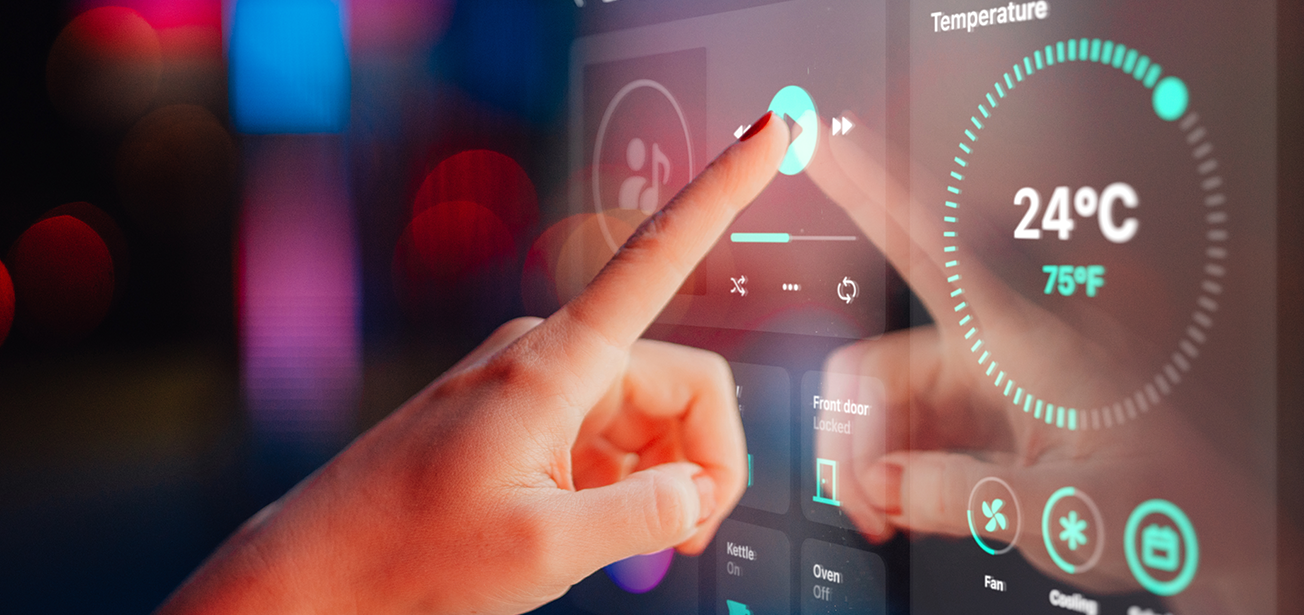
Trends in HMI Technology
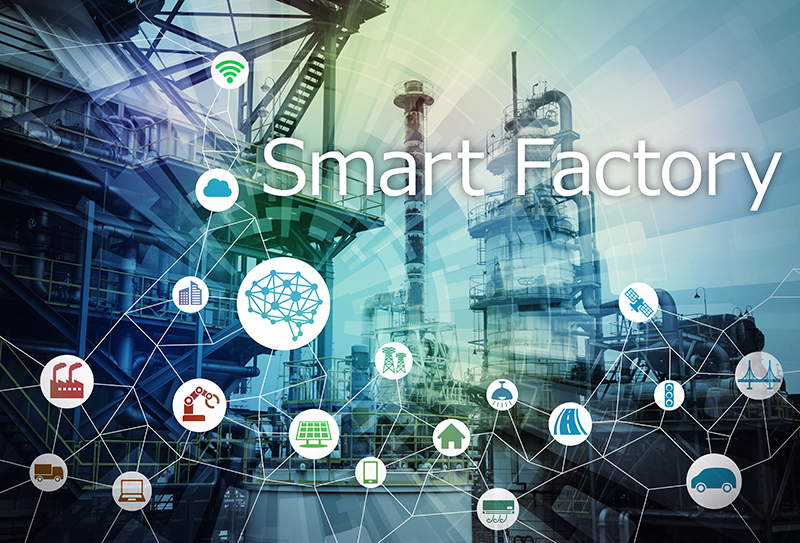
Did you know that HMI needs are changing
Pro-face has been a pioneer in factory visualization since developing the world's first HMI in 1989. Today’s industrial market is filled with services and products developed to realize “Industry 4.0” and "Smart Factories” at modern manufacturing sites. However, we recently hear comments like these. “We couldn’t gain any substantial effects despite major investments.” And, “Yes, we can now collect various device data. But, it takes too much manpower to integrate and use it.” And so on. In response to such comments, we revised our HMIs from operation terminals to devices that can integrate device data and operation log data for use.

Why do we need HMI in the era of AI?
Despite the growing volume of device data, fewer and fewer people actually work in factories. Not only has automation increased since the days of manual factory work in the 18th century Industrial Revolution, but technology transfer challenges, workstyle changes, shortened work hours due to optimization, etc. contribute to this trend. This trend amounts to each worker having to analyze more data to fulfill his or her duties. Although we expect much from AI technology, human workers still have to make decisions and set goals for fully automated, AI-assisted factories. That’s why optimizing data for human eyes dramatically improves efficiency and productivity. Helping people is the shortcut to smart factories.
About Pro-face
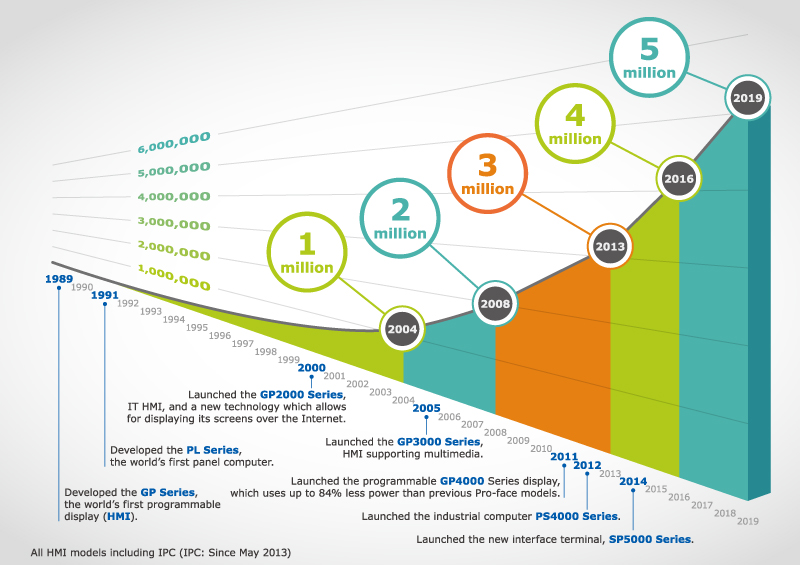
Leading company in HMI
As pioneers of HMI and a global player since the 1980s, we are a trusted partner for Customers worldwide. Being specialists in HMI and Edge solutions, we strive to offer the best interfaces that sustainably drive customers’ operational efficiency.
We began taking orders in November 1988, and commenced delivery officially in February 1989. From its debut, we accelerated sales of our human machine interface (HMI) solutions by developing various world’s first products - the world’s first panel computer, HMI with controller and many more. Pro-face has since led the industry, with a broad range of industrial customers choosing to adopt our solutions.
Tips
Read the following three tips to discover how today’s connected HMIs with simplified programming help manufacturers optimize operations.
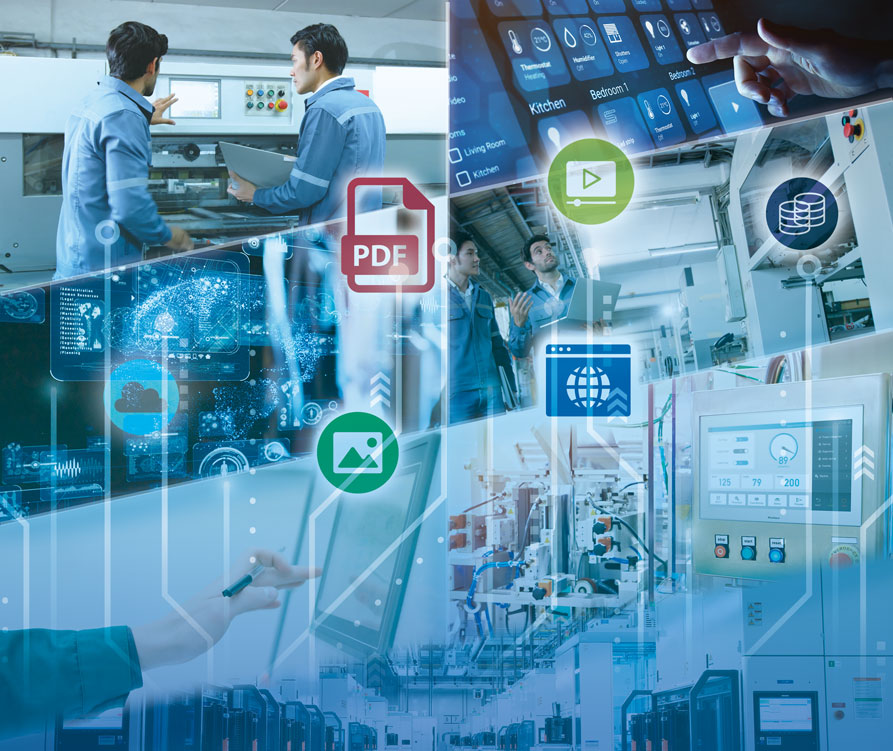
1 Embrace modern HMI technology.
Traditional HMIs were developed as replacements for hard-wired pushbutton controls and indicator lights on manufacturing equipment; however, they lacked graphical representation and mobility. Modern HMIs with Industrial Internet of Things (IIoT) connectivity can be used to control machines and processes, but also to translate complex, real-time data about equipment and process performance into actionable information. This allows plant personnel to identify issues and make informed decisions that maximize performance and efficiency and b oost quality. The inclusion of IIoT functionality and mobile capability enables plant management to view real-time information and access control, even when working from remote locations.
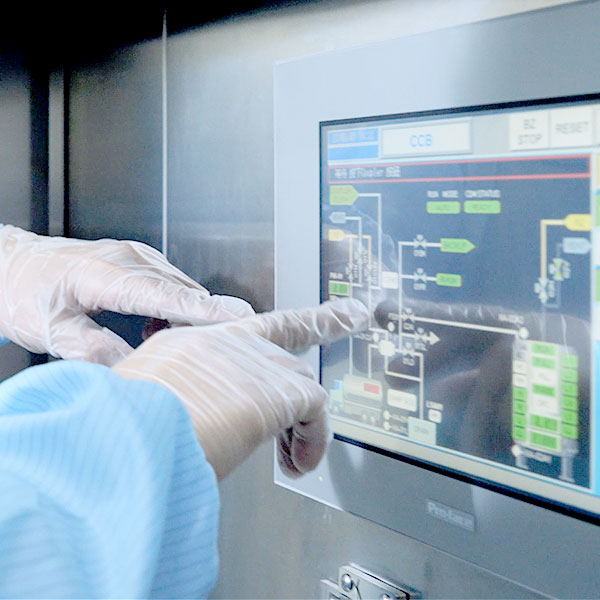
2 Simplify HMI development and programming.
Achievement of these benefits requires the use of HMI programming software. While learning new software programs can be intimidating and time-consuming, HMI programming software exists to streamline and simplify the process of designing and implementing HMIs for industrial automation. Users should look for software programs that are not only intuitive and user-friendly, but also provide the flexibility to adapt to the unique needs of each manufacturing facility. Software that features templates and sample applications can help beginning programmers easily customize the design and functionality of their HMI so that it aligns with production goals.

3 Get the support you need.
Even with the availability of easy-to-use HMI programming software, expert support is sometimes necessary. Choosing a vendor that offers global availability, support, and training is key to HMI selection, programming assistance, and troubleshooting. Experienced support specialists ensure that the proper hardware, software, and setup are in place so manufacturers can rely on their HMIs to enhance productivity and efficiency in the way that best suits their needs.
Recommend Article & Video

Increasing information value in 3 Steps by effectively processing information with Pro-face
